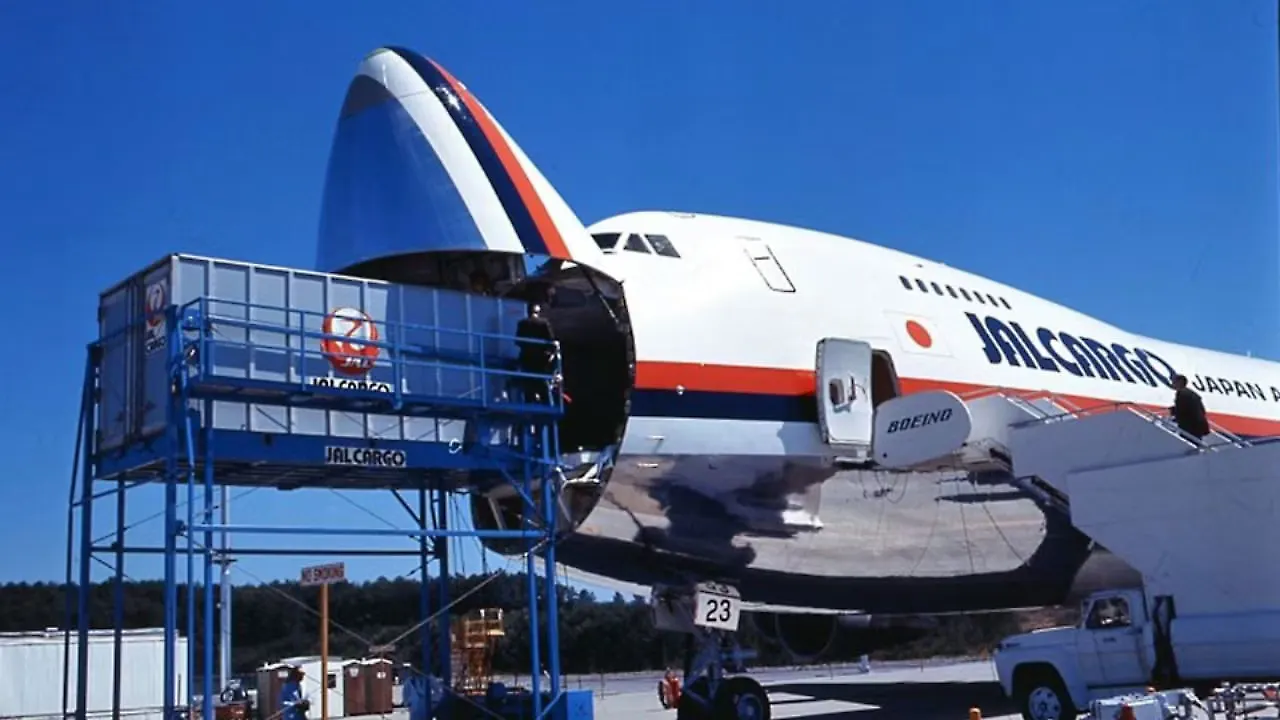Reflecting on the Legacy of Boeing’s Iconic 747-100
Certainly!
In the annals of aviation history, few aircraft have left as indelible a mark as the Boeing 747-100. This pioneering model, affectionately known as the “Jumbo Jet,” revolutionized long-haul air travel, setting new standards for passenger capacity, range, and comfort. As we reflect on the legacy of the 747-100, its contributions to the aviation industry and its enduring influence on subsequent generations of aircraft remain undeniable.
The Dawn of a New Era in Air Travel with 747-100
The introduction of the Boeing 747-100 in 1969 heralded a new age in commercial aviation. This groundbreaking aircraft, with its distinctive humpbacked fuselage, was the brainchild of visionary engineer Joe Sutter and his team, who were tasked with creating a plane that could significantly increase passenger capacity. The result was an aircraft that could carry up to 366 passengers in a three-class configuration, more than doubling the capacity of then-standard commercial jets. This leap in capacity promised to make air travel more accessible and affordable for the masses, aligning with the growing demand for international travel in the post-war era.
The 747-100’s debut flight for Pan American World Airways on January 22, 1970, between New York and London, marked the beginning of a transformative period for airlines and passengers alike. The aircraft’s impressive range allowed for non-stop flights across vast distances, reshaping global air routes and enabling airlines to connect cities previously unreachable without stopovers. This capability not only expanded the horizons of air travel but also set the stage for globalization, facilitating economic growth and cultural exchange on an unprecedented scale.
Beyond its technical specifications, the 747-100 brought a new level of luxury to air travel. Its spacious interiors allowed for innovative cabin designs, including opulent lounges and enhanced dining experiences. Such advancements elevated the passenger experience, making air travel not just a mode of transportation but a memorable journey in itself. The iconic jet thus became a symbol of the golden age of flying, capturing the imagination of travelers and setting a benchmark for future aircraft designs.
Boeing’s 747-100: A Transformational Aviation Icon

The Boeing 747-100 quickly established itself as a transformational force within the aviation industry. Its introduction compelled airlines worldwide to rethink their fleet strategies, leading to a wave of acquisitions and an eventual shift towards larger, more efficient aircraft. This shift spurred significant growth in global air traffic, as airlines could now accommodate more passengers per flight, reducing the cost per seat and making air travel more accessible to a broader demographic. The economies of scale introduced by the 747-100 proved instrumental in democratizing air travel.
Moreover, the 747-100’s impact extended beyond commercial aviation. It served as a platform for various adaptations, including cargo and specialized versions, highlighting its versatility. Boeing’s development of subsequent models within the 747 family only reinforced the aircraft’s status as a cornerstone of modern aviation. These variants, building on the legacy of the 747-100, provided solutions for different market needs, from long-haul passenger transport to freighter operations, cementing the model’s enduring influence in diverse aviation sectors.
The 747-100’s pioneering spirit also inspired technological advancements and innovations within the aerospace industry. Its introduction prompted competitors to develop their own wide-body aircraft, triggering a period of rapid technological progress. This competition has driven advancements in aerodynamics, fuel efficiency, and avionics, contributing to the evolution of safer, more reliable, and more sustainable air travel solutions. As such, the 747-100’s legacy is not only about its immediate impact but also its enduring role in shaping the trajectory of aviation development.
As we look back on the legacy of Boeing’s iconic 747-100, it is clear that this aircraft has left a lasting imprint on the world of aviation. From transforming the economics of air travel to inspiring technological progress and innovation, the 747-100’s influence resonates to this day. Though its time in active service may have waned, the aircraft’s contributions to the industry and its status as a symbol of aviation excellence remain timeless. As the aviation community continues to evolve, the 747-100’s legacy serves as a testament to the power of human ingenuity and the endless possibilities of flight.



